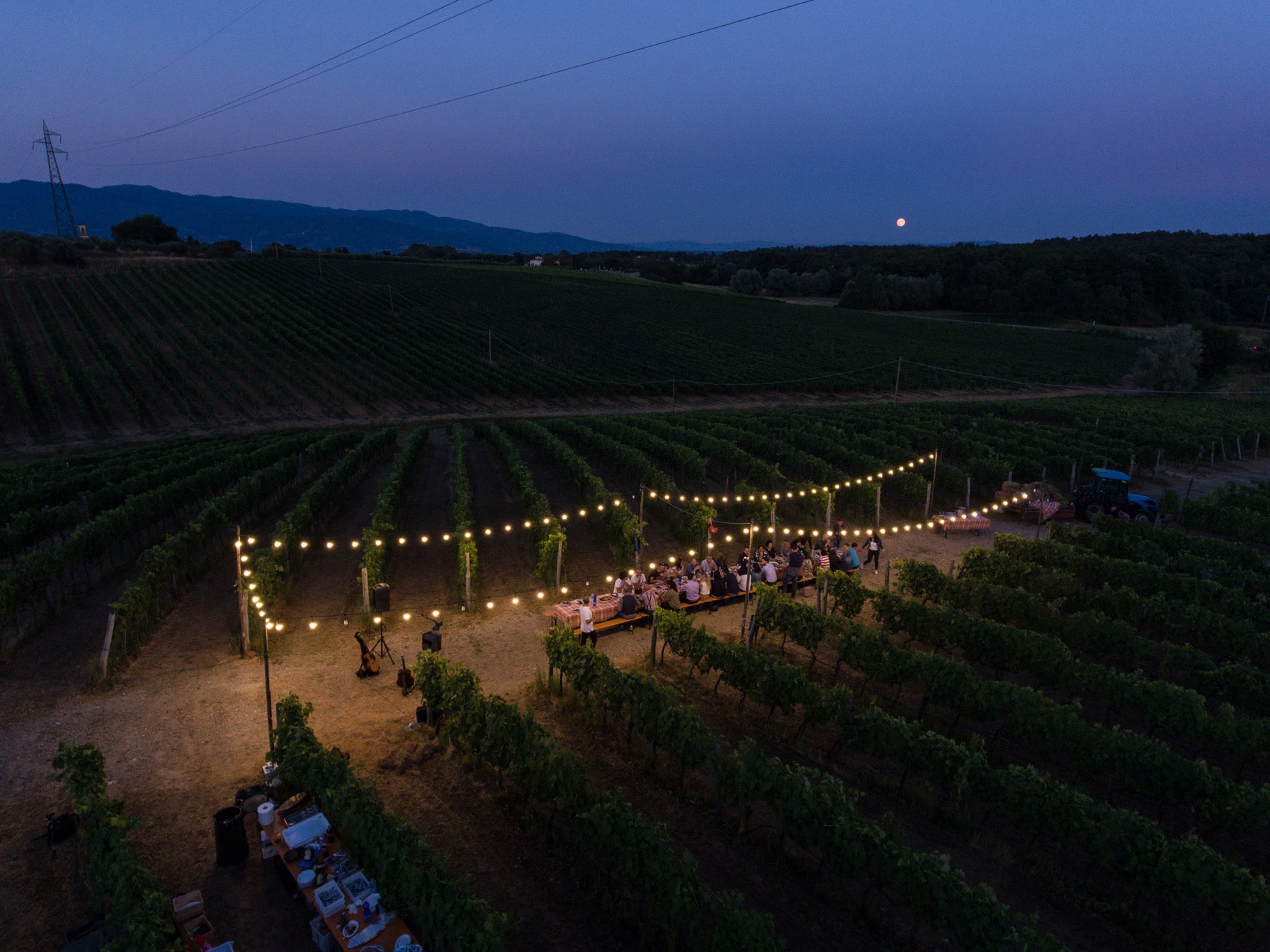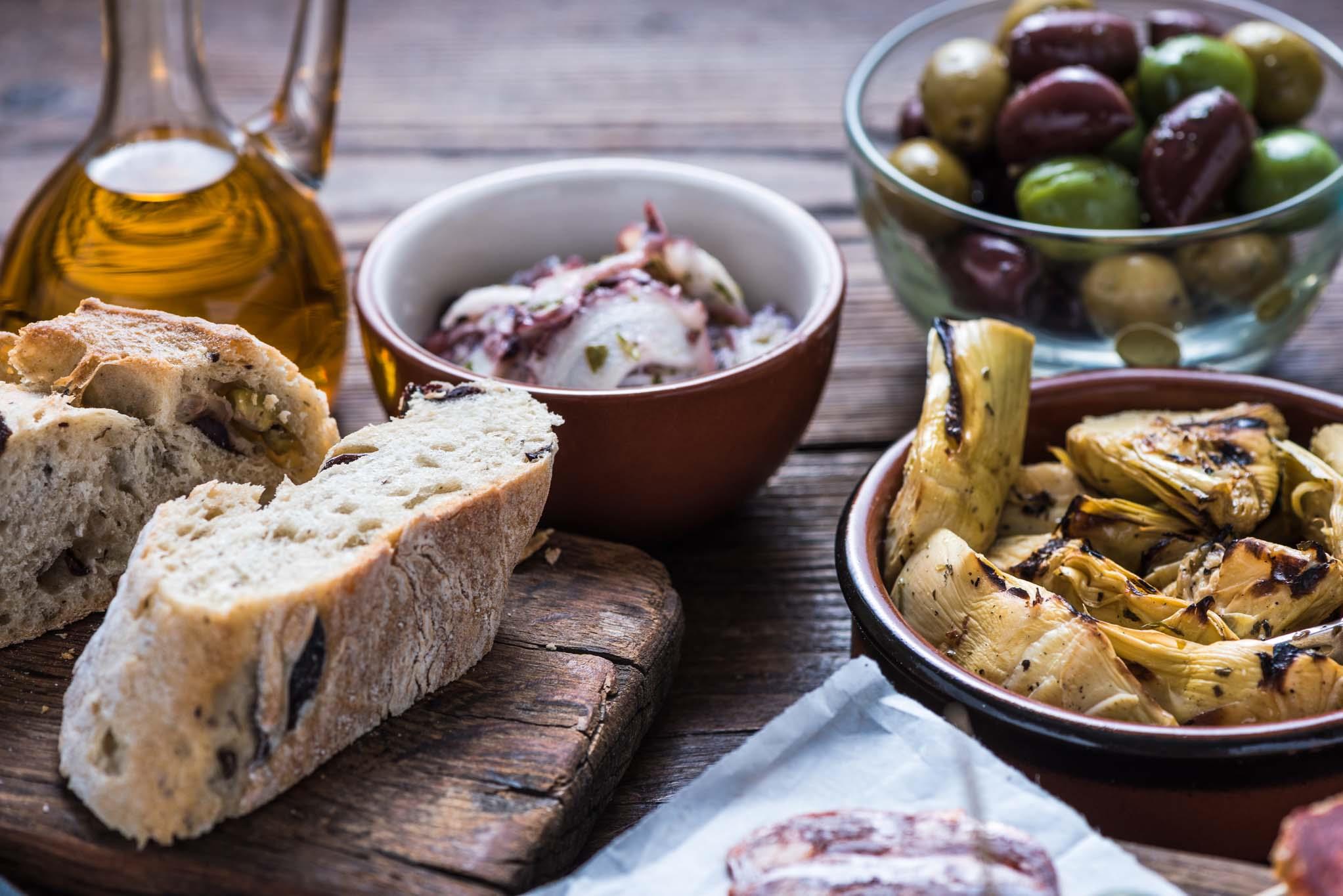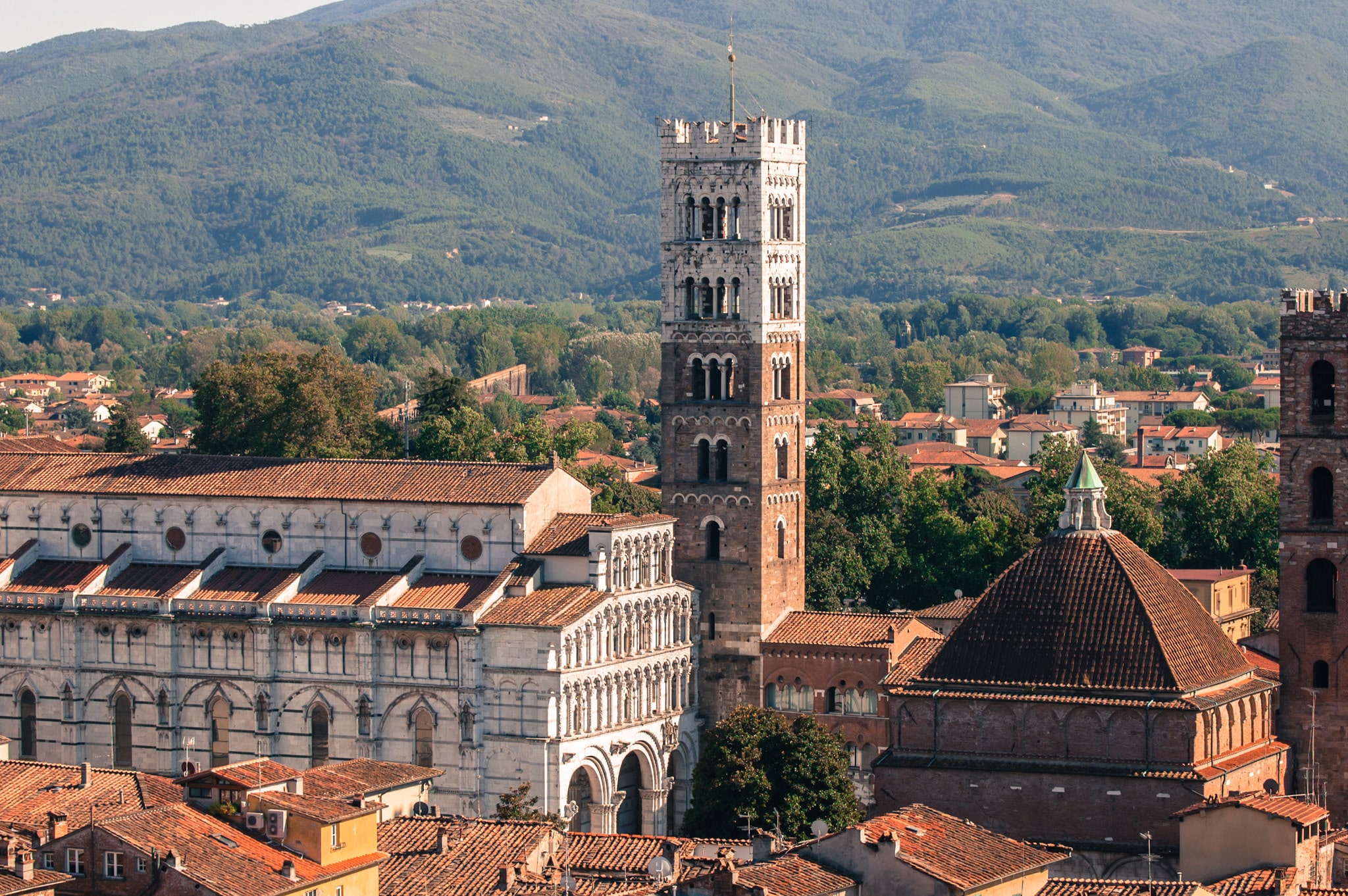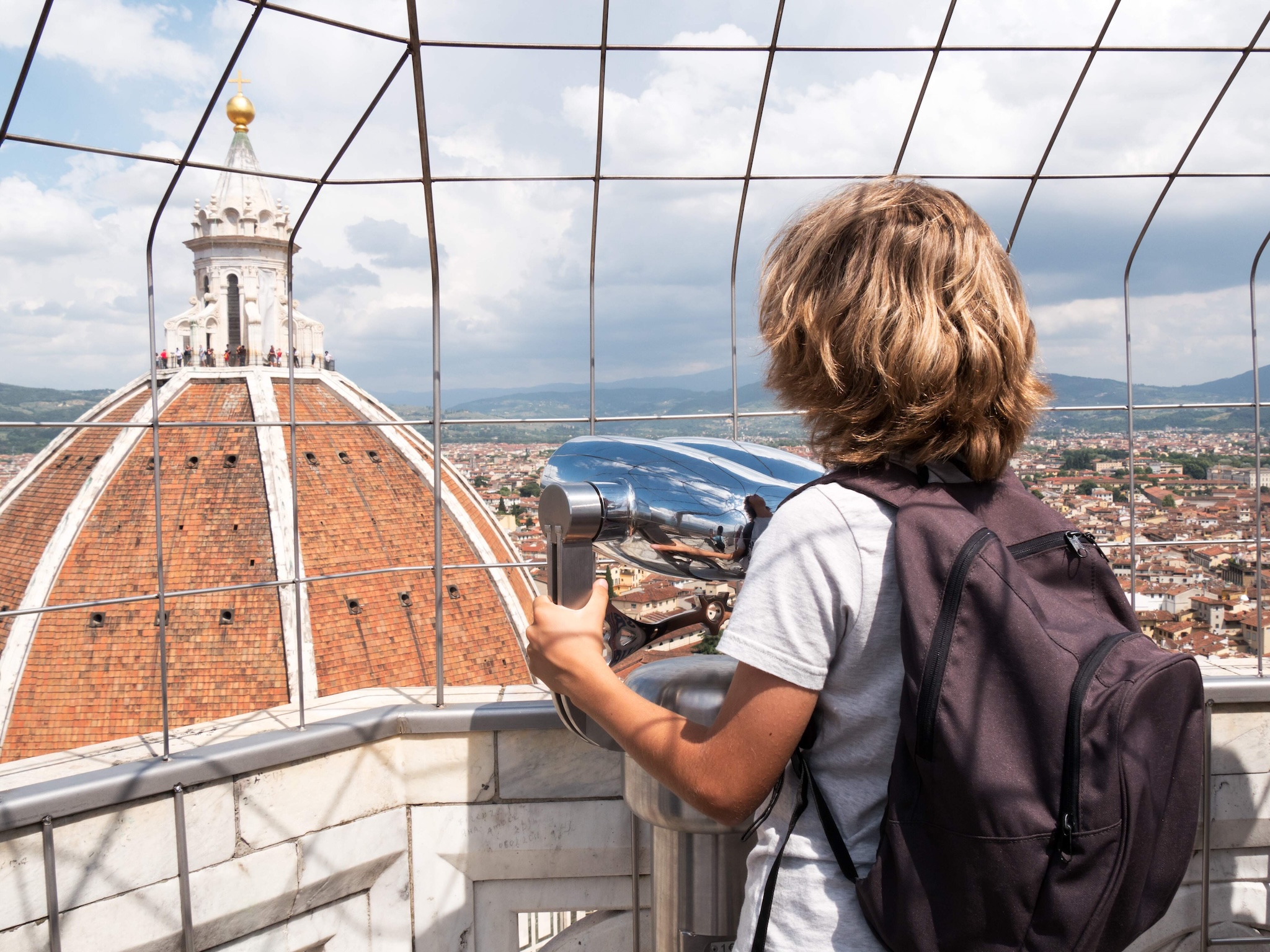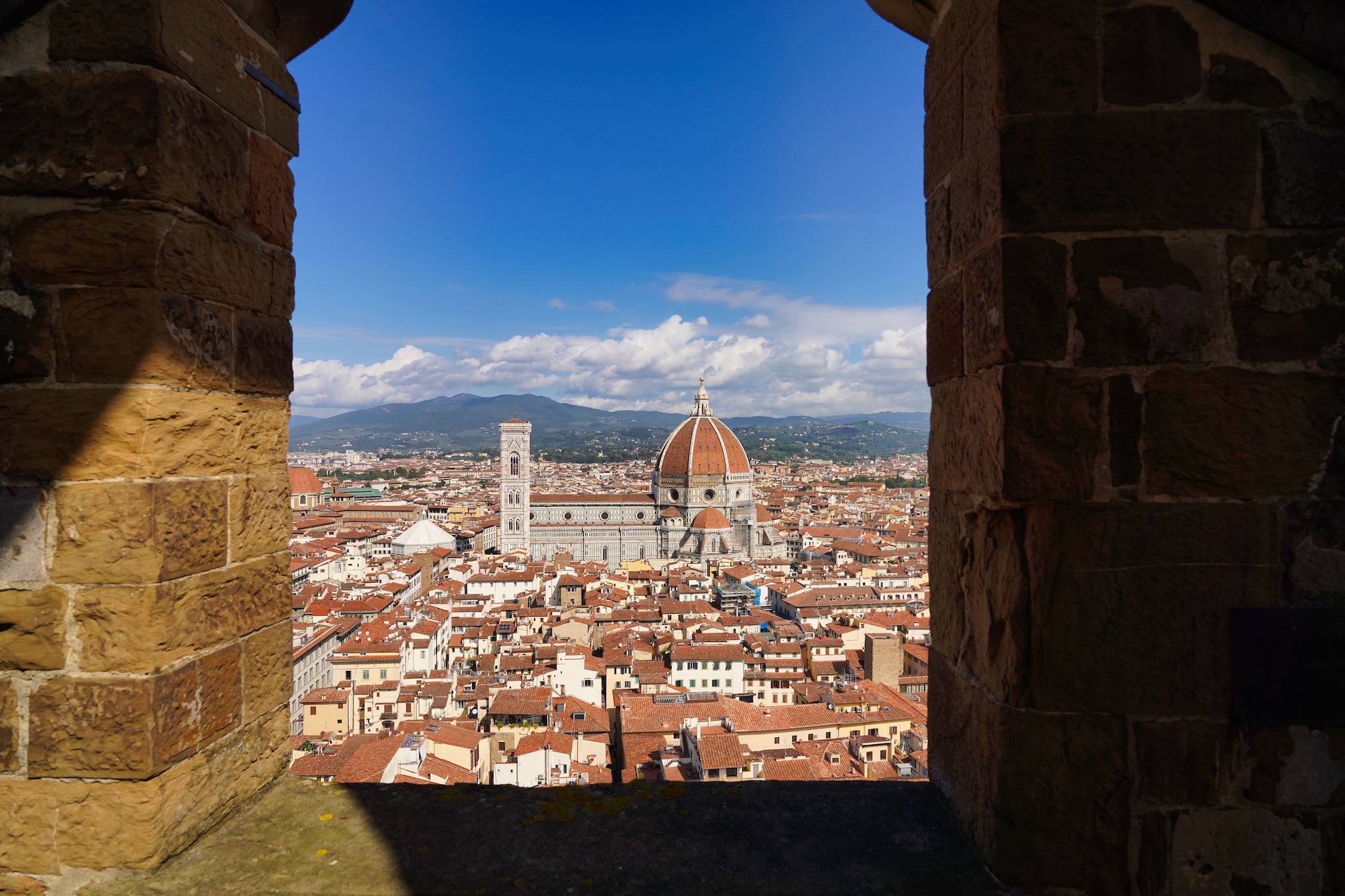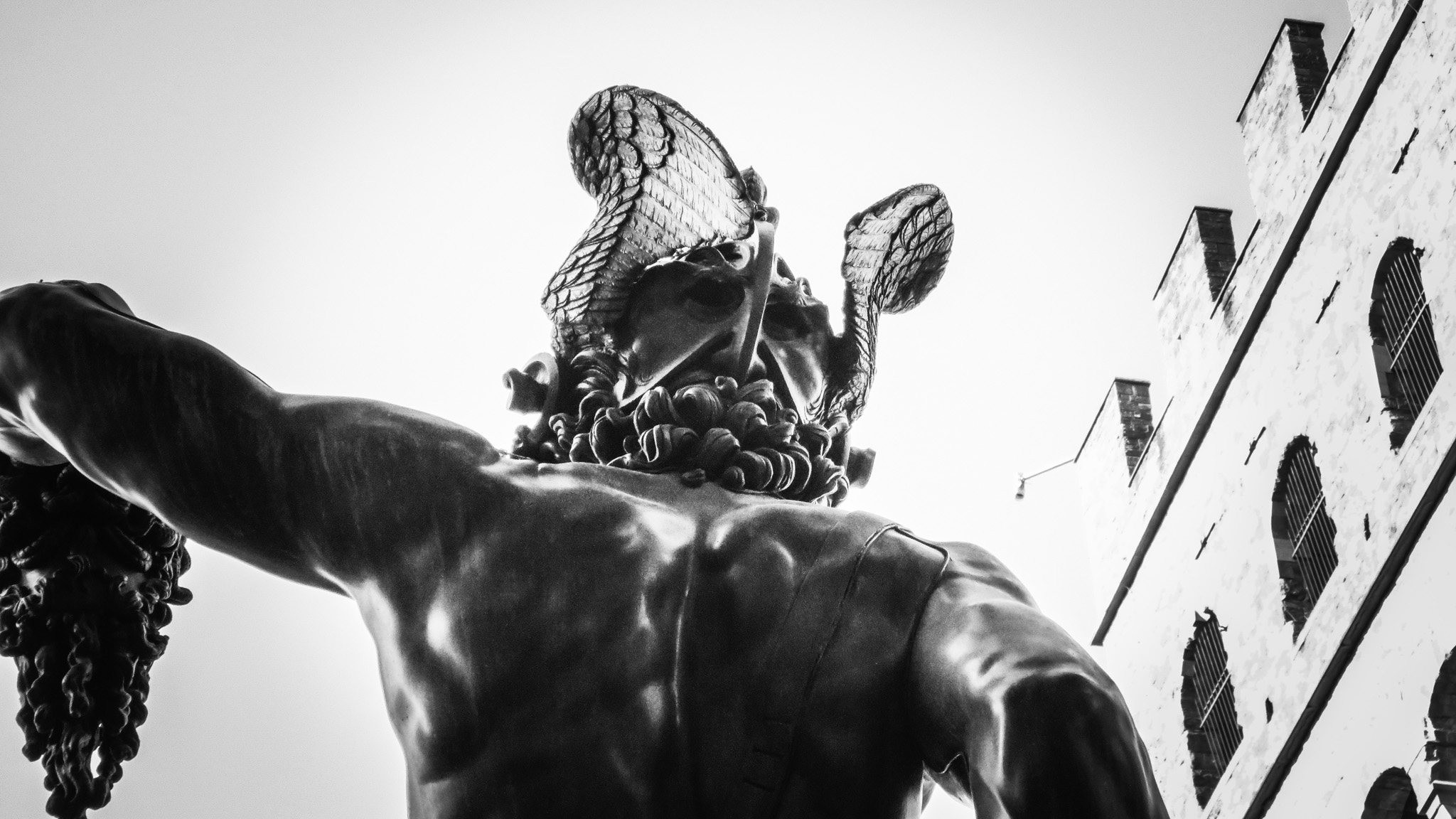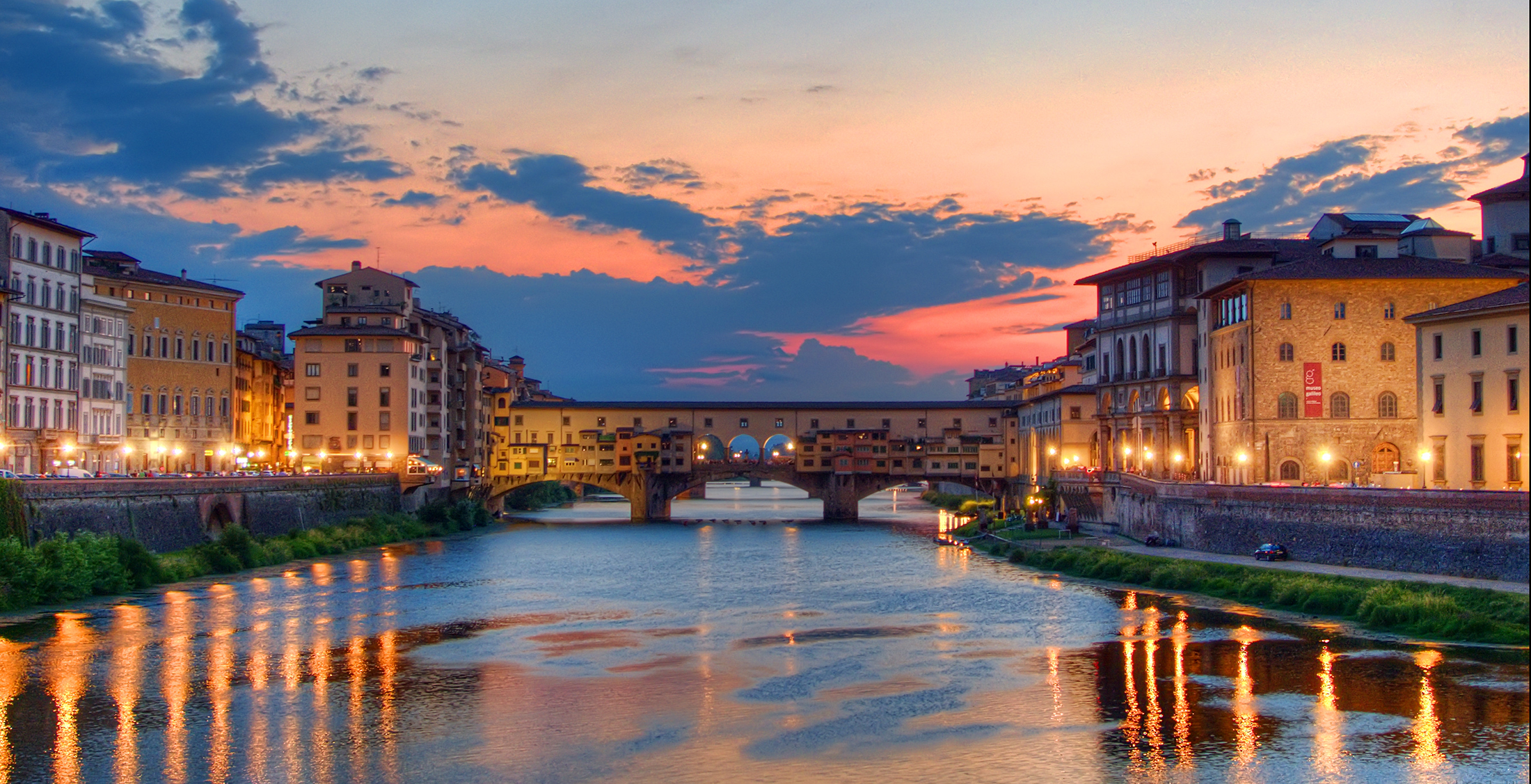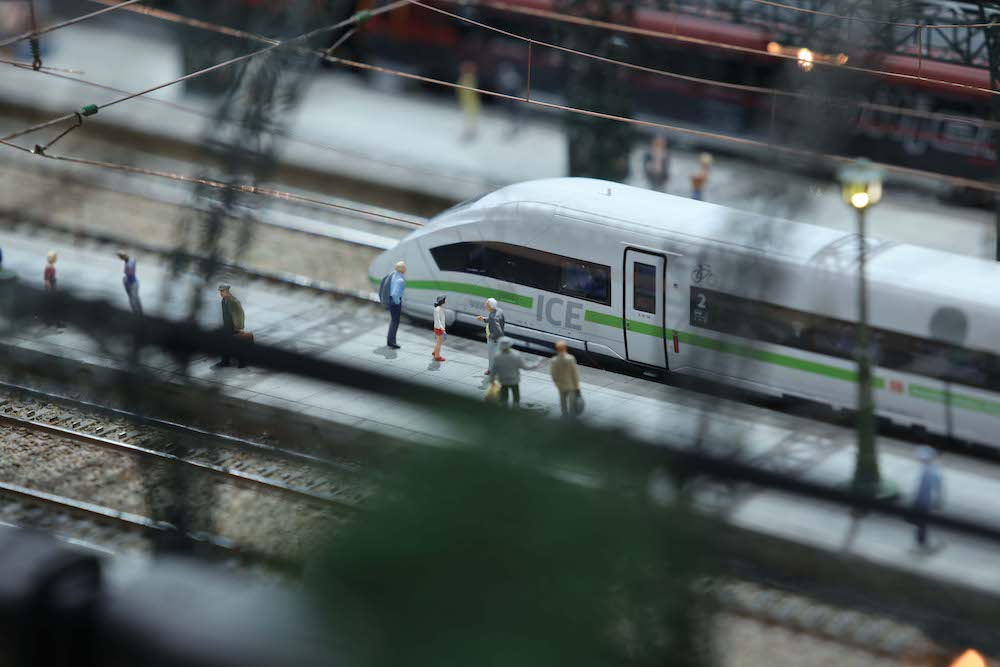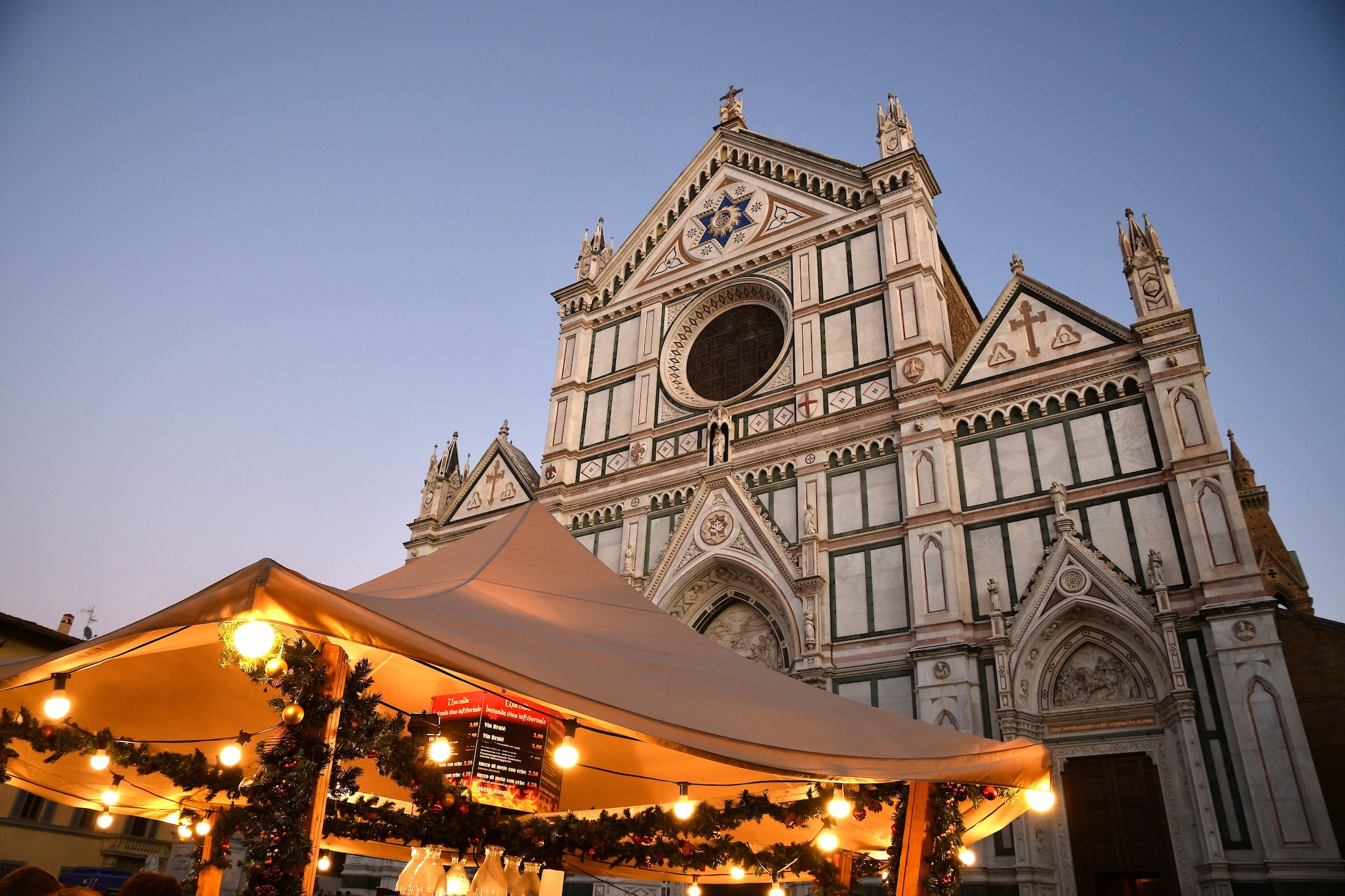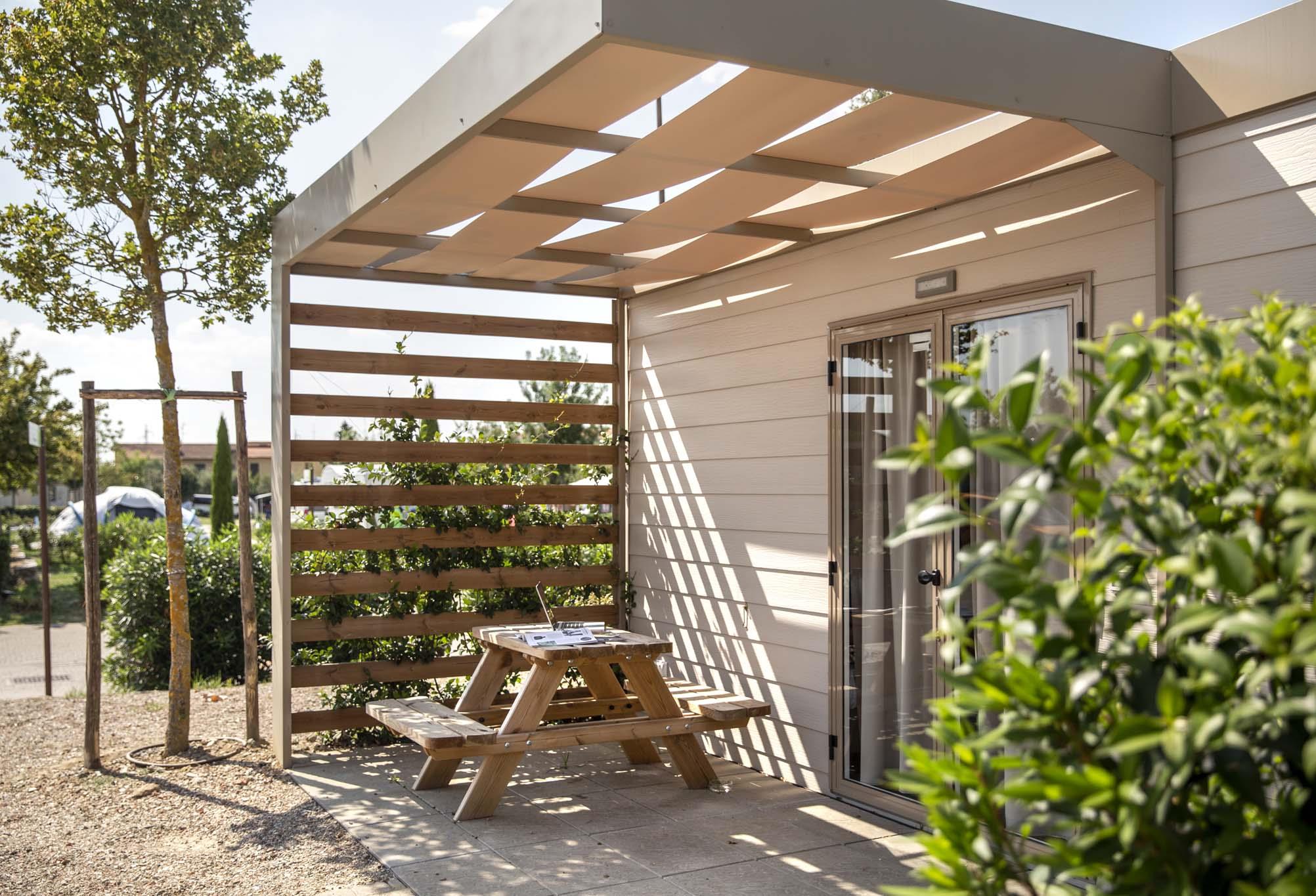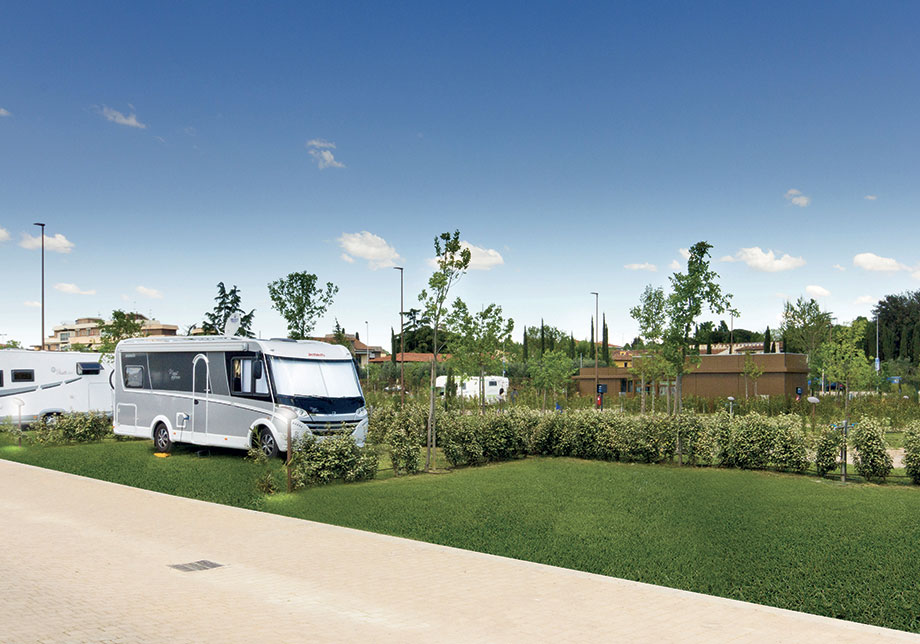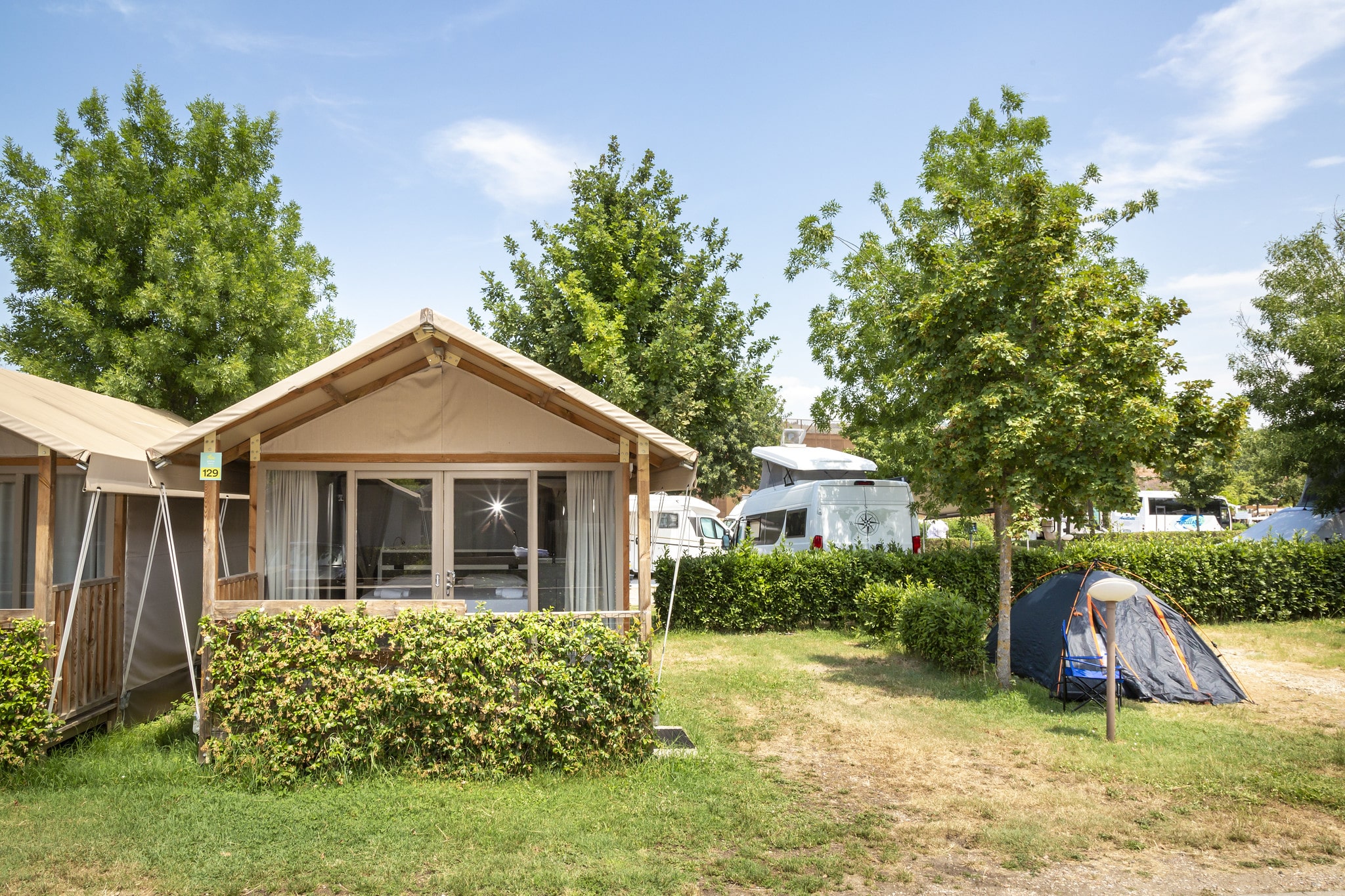A visit to Florence always includes a rich diet of culture and art: once-in-a-lifetime monuments, world-famous palazzos, sublime churches and works of art that have made their mark on history. Once you’re full to the brim of art and architecture, allow yourself to be seduced by the inviting aromas emanating from the many street-food stalls and restaurant kitchens that are always busy turning out dishes as succulent as they are delicious. As you browse through the menus, follow your fancy and choose the dishes that inspire you and your taste buds. However, there are a few specialities you must try, so back at home you can relive the flavours of Florence.
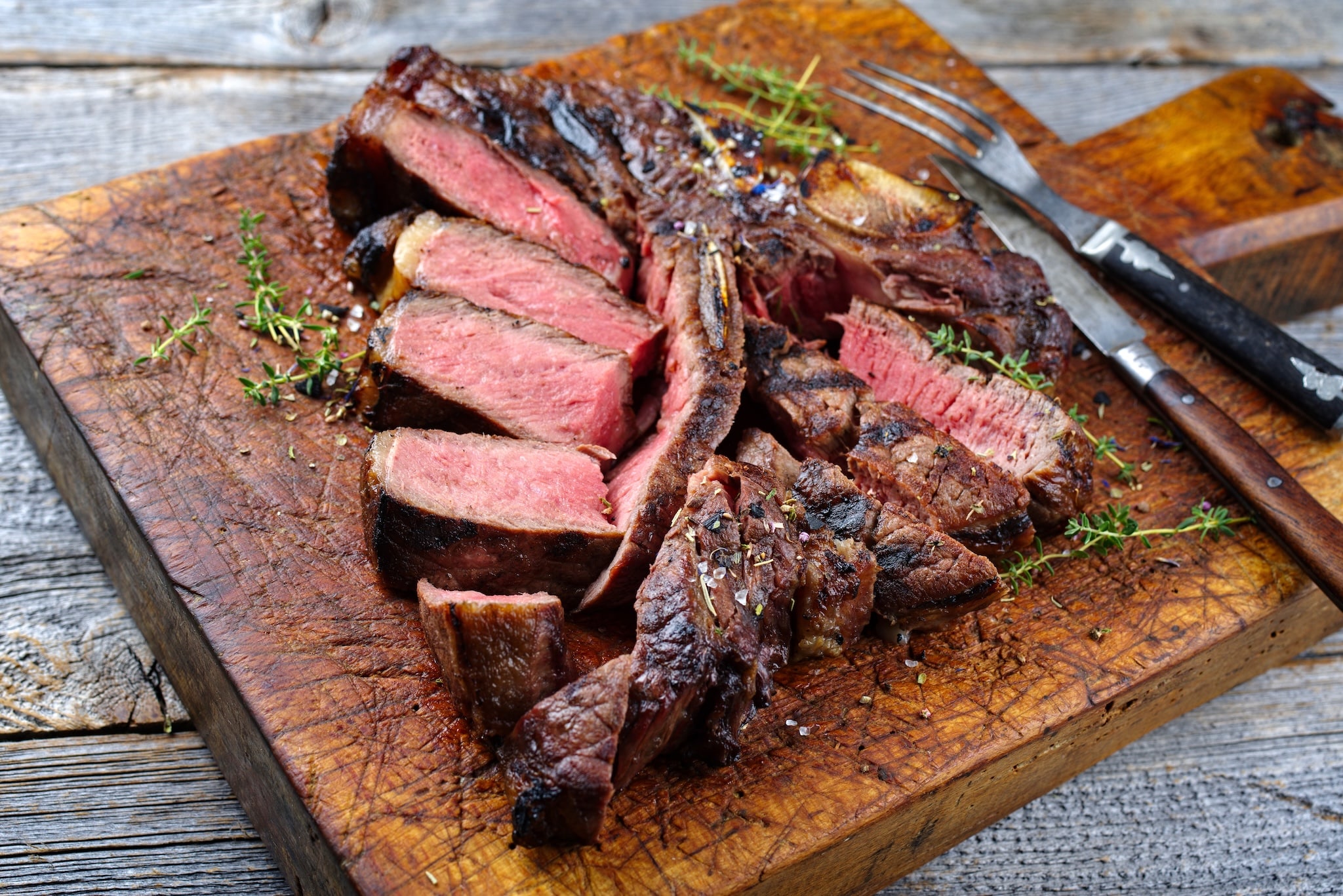
Bistecca fiorentina (Florentine steak)
Bistecca fiorentina (Florentine steak)
You should start with the bistecca alla fiorentina, a speciality that all meat lovers should try at least once in a lifetime. It is a tender cut of T-bone steak which weighs about 1 kg and is about 4-cm high (it's not your usual steak!), which is cooked over a barbecue grill. A word of advice, to avoid the disdain of the restaurateurs, make sure you order it rare! When you’re done, it’s quite acceptable to pick up the bone with your fingers to savour the last shreds of meat. A glass of Chianti (or even two) is essential to complete the enjoyment of the experience. The price varies from restaurant to restaurant, but it's hard to find it for less than €45/kg.
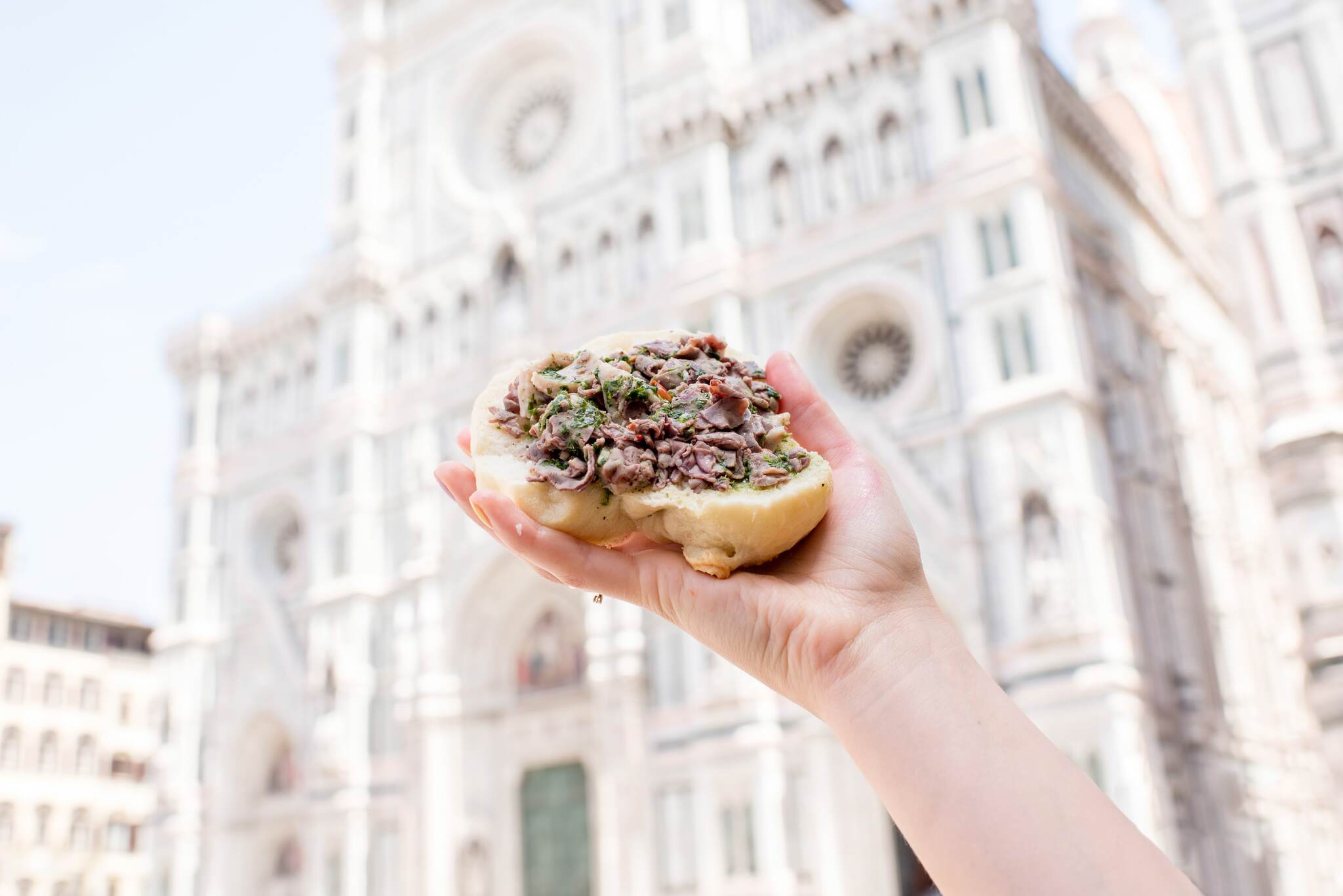
Lampredotto and covaccino
Lampredotto and covaccino
Lampredotto is a classic of Florentine street food: ‘lamprodotto’ is abomasum tripe from the fourth stomach in cattle, which is boiled in water with tomato, onion, celery and parsley, cut into small pieces and topped with salsa verde. It is served in a panini or on a plate, either way, it’s simply delicious. The covaccino is a flattish disc made of flour, salt and yeast, seasoned with olive oil and baked in a wood-fired oven.
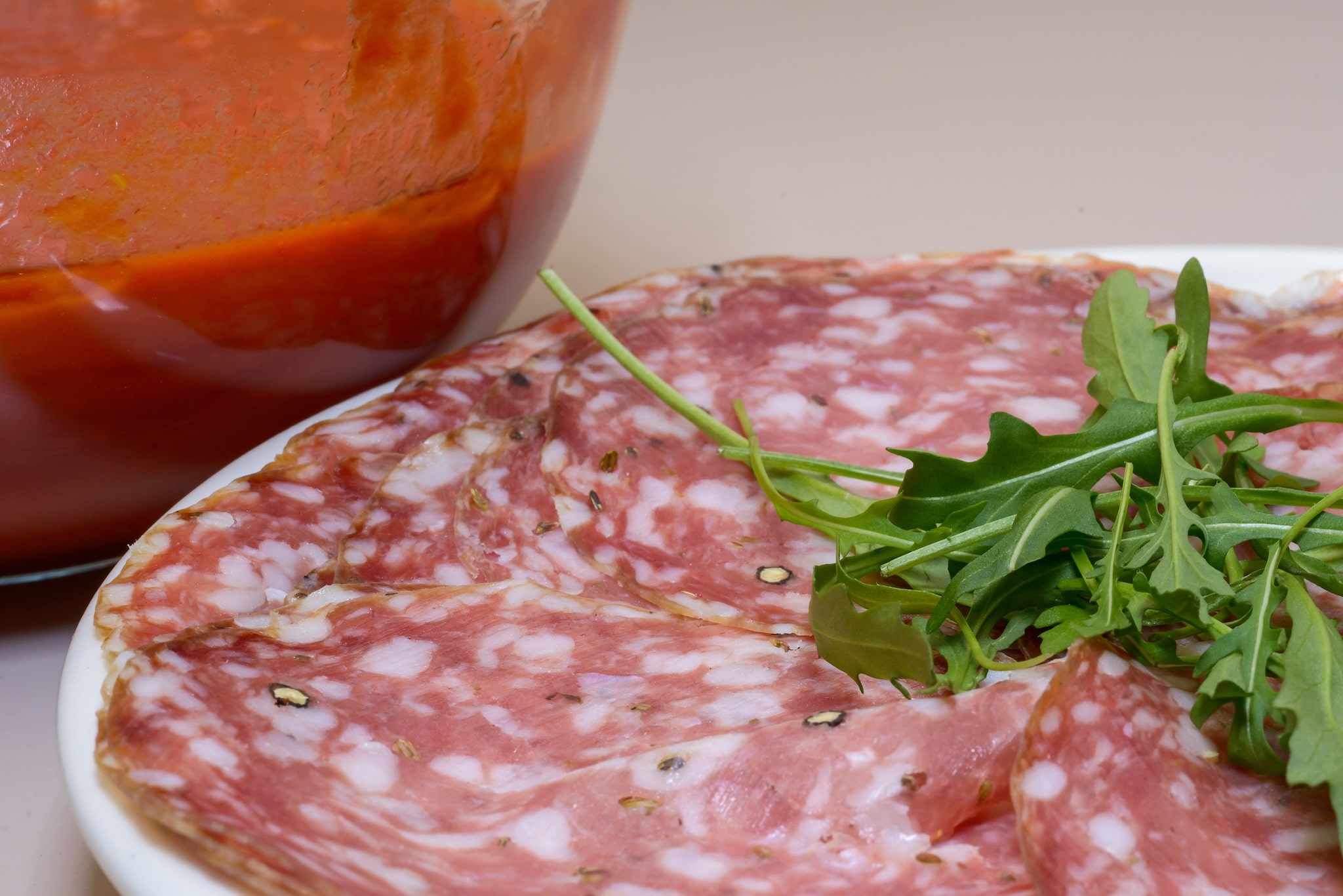
Finocchiona
Finocchiona, cinta senese salami and lardo di Colonnata
The finocchiona IGP is a type of cured sausage seasoned with fennel seeds that give it a unique flavour. A classic combination to look out for is schiacciata (the traditional flat bread) filled with finocchiona and pecorino cheese. The cinta senese salami is made from the Cinta Senese, an indigenous Tuscan breed of pig protected by the Slow Food Presidium, recognisable by its black coat and lighter ‘belt’. The meat has an exceptional flavour as it is raised free range in the woods, feeding on grass, tubers, roots and acorns. Lardo di Colonnata is a cold cut produced in the town of Colonnata in the Massa Carrara province and is a specialty throughout the region. The ‘lardo’ is seasoned with oil, salt, pepper and aromatic herbs and cured for at least six months in marble vats before being served finely sliced.
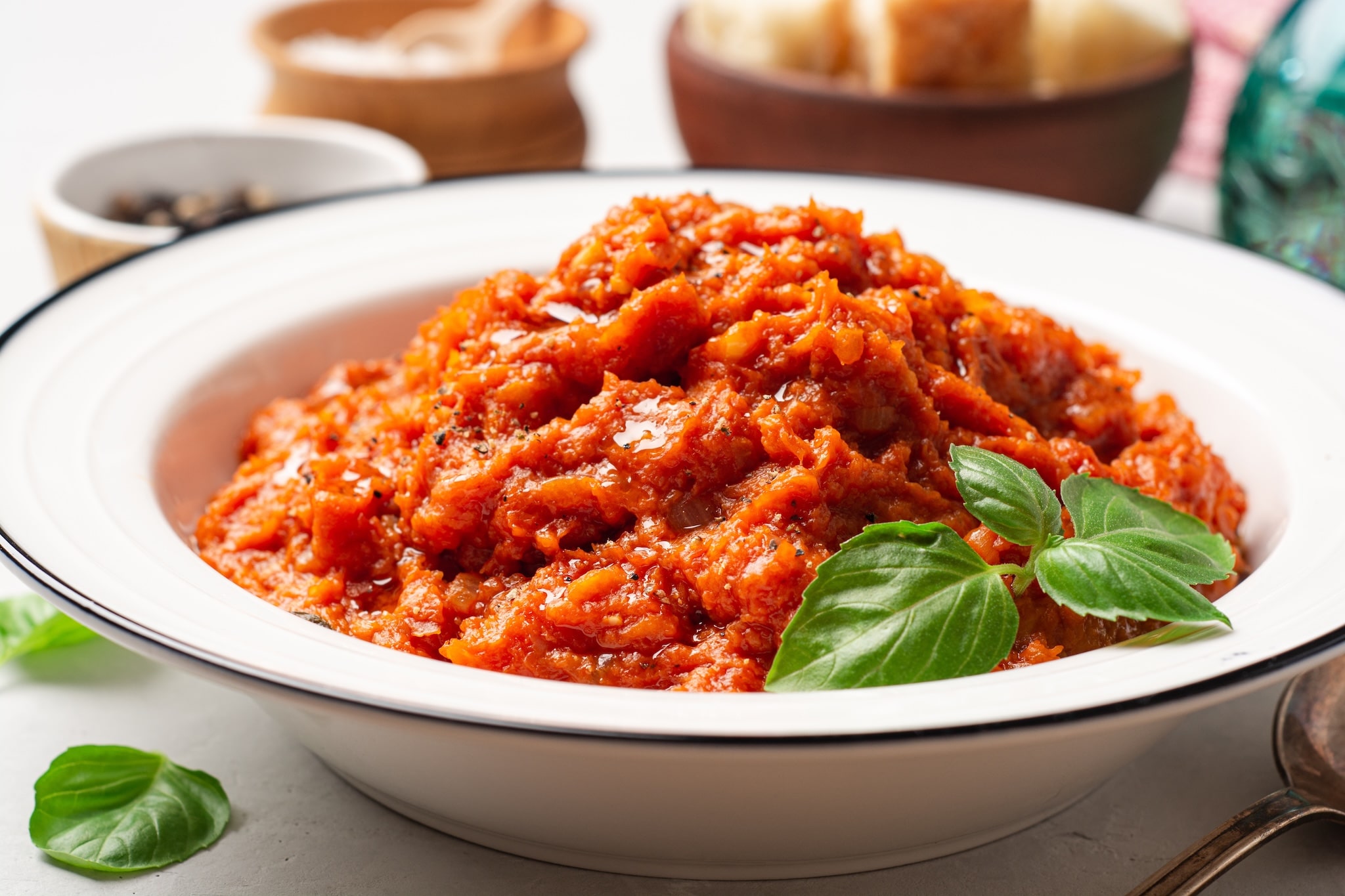
Pappa al pomodoro
Pappa al pomodoro, panzanella and ribollita
Stale bread, peeled tomatoes, garlic, olive oil and basil are the ingredients that go into pappa al pomodoro, a poor man’s dish but one of the fundamentals of regional cuisine. It is usually served hot, but in summer is also eaten cold. Another summertime dish you need to try is panzanella, a fresh salad of tomatoes, raw onions, basil, and sometimes cucumbers is combined with stale breadcrumbs softened in water. F vegetable dishes are your thing, order a ribollita, a soup of seasonal vegetables, black cabbage and stale bread, the flavours of this dish develop on being left to rest for a day and then boiled a second time before serving.
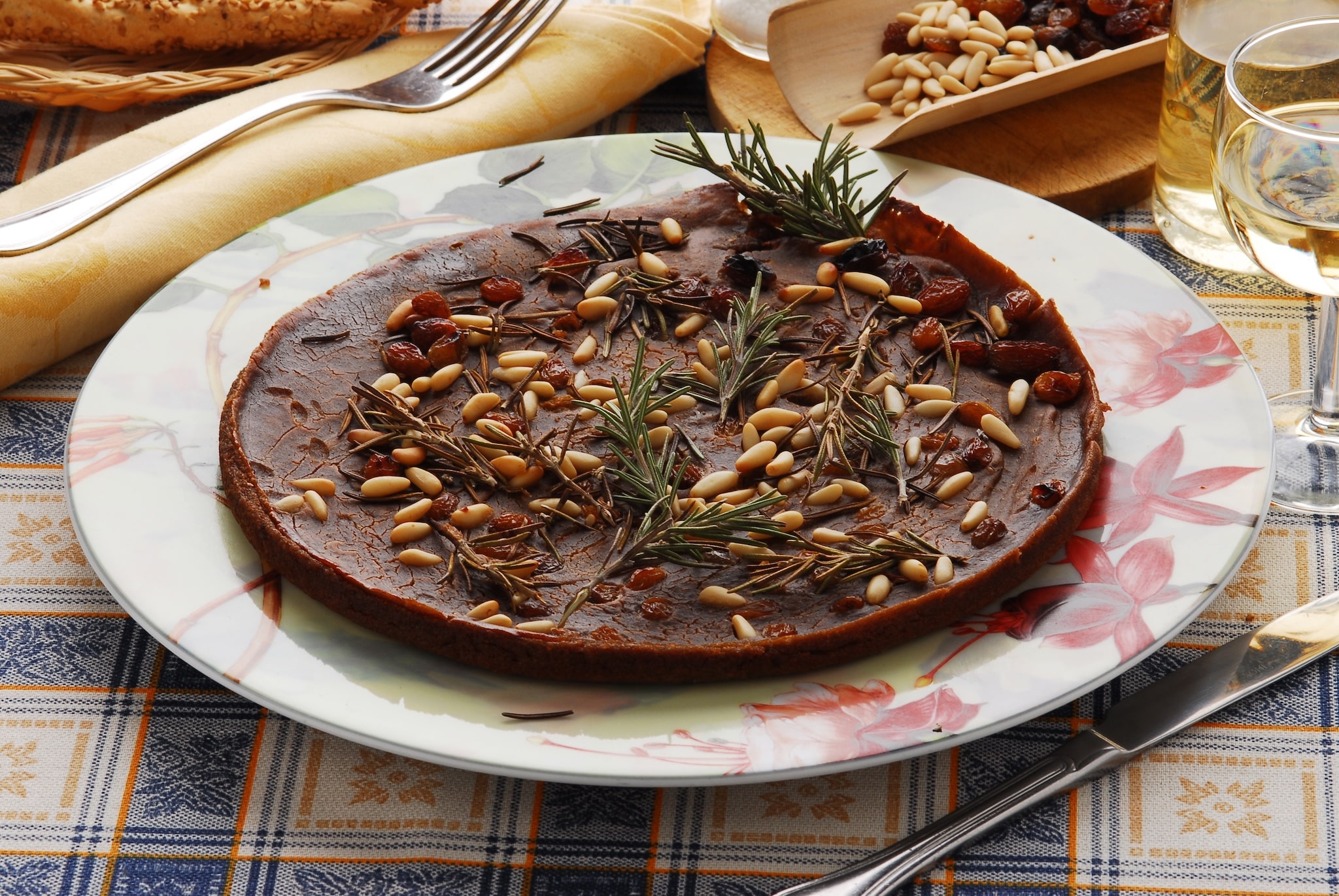
Castagnaccio
Castagnaccio and cantucci with wine
Of course, any meal should be finished off with a dessert. Options include castagnaccio, a cake made of chestnut flour, often enriched with pine nuts and sultanas and topped off with sprigs of rosemary, and cantucci, small biscuits with an ancient tradition: dry and crunchy, made with almonds and usually accompanied by a glass of Vin Santo, just remember it’s considered uneducated to dip them in the wine!

Chianti
A glass of Chianti
A good glass of wine is a must to wash down any meal. The Chianti produced in the historic area is Chianti Classico DOCG and carries the Black Rooster symbol. To try it, go to Fratelli Zanobini, probably the best stocked wine shop in Florence. Run by the same family since 1944, you will love the sincere atmosphere of this bar, especially at the aperitif hour when it’s easy to fall into convivial conversation with the other patrons. The authenticity of the venue is also reflected in the prices which are very accessible.


